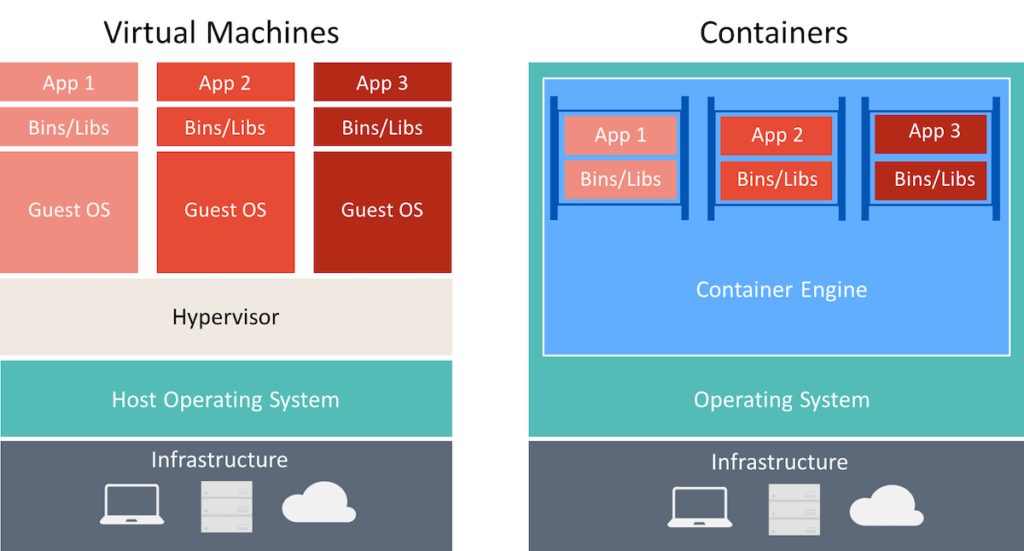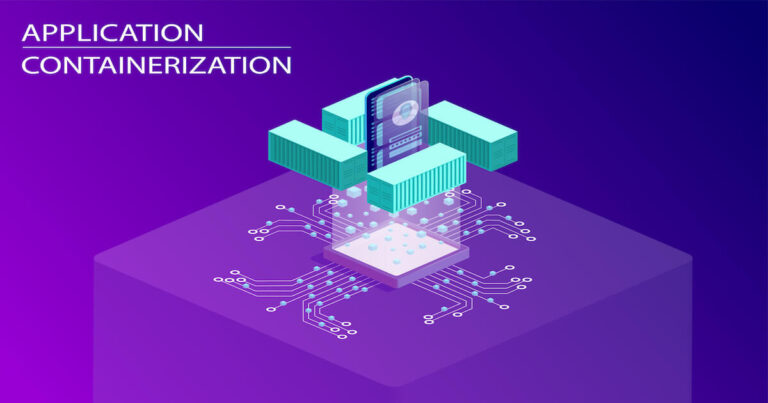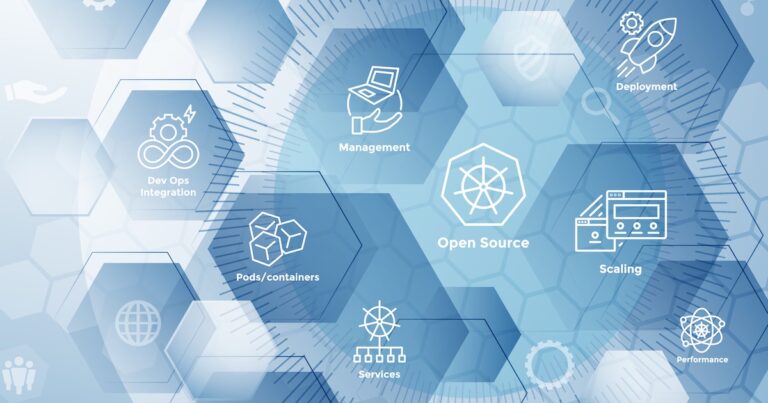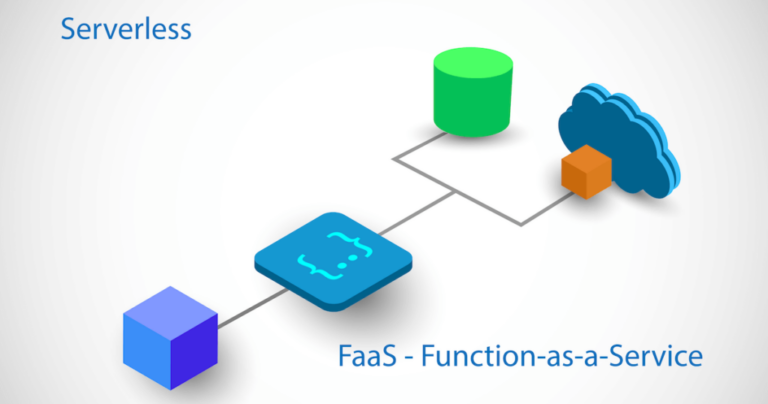Containerization refers to the packaging of software code and all of the necessary dependencies to run the code. It creates a single lightweight executable – called a container – that works on any infrastructure. A container is a form of operating system virtualization which is portable and resource-efficient to run anything from a small microservice or software process to a larger application.
Containers are now considered the de facto compute units of modern cloud-native applications. Containers or containerization is the solution to how applications have been developed, shipped, and deployed. For instance, traditionally, code was being developed in a specific computing environment, which often resulted in bugs and errors when transferred to a new location or a different environment.
Containerization put an end to this problem by bundling the application code and associated configuration files, libraries, and dependencies needed to run. This single package or “container” of software is based off of the host operating system, and therefore, it stands alone and becomes portable – able to run on any platform or cloud, free of issues.
What Is Docker?
Docker puts the pave of adoption of containers. Docker is a company that provides Docker Engine – an open-source containerization platform. Using the platform, developers package applications into containers by combining application source code with the operating system (OS) libraries and dependencies required to run the code in any environment. Over time, it has emerged as one of the best containerization platforms for organizations shifts to cloud-native development and hybrid multi-cloud environments. It simplifies the delivery of distributed applications and allows developers to build, deploy, run, update and stop containers by using simple commands.
Containerization Vs. Virtualization
Containers are updated technology to virtual machines in that both provide significant computation capability by enabling multiple software (Linux- or Windows-based) to run in the same environment. However, there are differences between the two as well.
Virtualization is a process of running software applications and multiple operating systems simultaneously and sharing the resources of a single physical computer. For example, development teams can run multiple versions of operating systems Linux and Windows and simultaneously with several applications on the same server. In virtualization, each application, along with its dependency files, including a copy of the operating system, are packaged together. Virtualization of resources of the same host machine helps enterprises achieve significant savings in capital and operational costs, but virtual machines are not as efficient as containers.

Image source: microsoft.com
Containerization allows development teams to use compute resources more efficiently. A container encapsulates a single executable package containing all its related configurations files, libraries, and dependencies, but it does not bundle in the copy of an operating system. Unlike VMs, which require resource utilization to run their operating systems, containers access the host system’s operating system with the help of a runtime engine, through which all the containers in the computing system share the same OS.
For this reason, containers are considered lightweight and portable because they share the machine’s OS kernel and do not require the overhead of connecting the OS within each application. In addition, other container layers such as bin and library can also be shared between multiple containers, making containers naturally smaller in capacity than VMs and faster to start up.
Containers Vs. Microservices
Microservices and containerization, both refer to software development practices and focus on transforming applications into collections of small components or services. This way, an application becomes portable, scalable, efficient, and easy to manage. Be it a traditional monolithic application or a modular application, containers allow a lightweight encapsulation of any application. Microservices are the best examples as to when these are deployed using containers, these gain all of the inherent advantages of containerization such as developing agility, fault isolation, automation of installation, better server efficiency, enhanced security, scaling, and better management and portability during development processes along with no vendor lock-in.
Hence, containers are a better choice for developing and deploying microservices. In many cases, you may find the terms are interchanged since both are known to run and manage a single function of an application.
Container Orchestration
As mentioned earlier, containers are lightweight and ephemeral by nature; running them in production involves massive effort. Especially when microservices are paired together with containers and each microservice runs in its own container. Hence, a containerized application turns into operating hundreds or thousands of containers, especially when building and operating large-scale systems.
Because it introduces significant complexity, managing containers manually becomes tough and time-consuming. The concept of container orchestration here comes in, and container orchestration makes the operational complexity of containers manageable for development teams. Orchestration tools help automate the maintenance of containerized applications, allow the replacement of failed containers automatically, and manage the rollout of updates and reconfigurations of those containers during their lifecycle. The most common examples of orchestration tools are Kubernetes and Docker Swarm. These tools enable a declarative way of automating much of the work, providing greater speed and agility to the development teams than traditional methods.
Benefits Of Containerization
Containerization provides developers and development teams a streamlined way to build, test, deploy and redeploy applications on multiple environments from a developer’s local machine to an on-premises data center and even the cloud. Among many advantages of containerization, here are a few:
- Portability: Containerization allows developers to package their software as an executable that is abstracted away from its host operating system. It makes executables portable and runs uniformly and consistently across any platform or cloud.
- Fault Isolation: Containerized applications are isolated and operated independently. Hence, when one container fails to perform it does not affect other containers; thus the operation continues without any sort of interruption. Moreover, teams working on the container can easily identify and correct any technical problem caused within the container without requiring downtime.
- Efficiency: Software deployed in containerized environments shares the machine’s OS kernel, and application layers within a container can be shared across containers. It makes containers inherently smaller that need less start-up time. This allows developers to create and run more containers on the same compute capacity as a single virtual machine. Thus, containers drive more server efficiencies and help in eliminating server and licensing costs such as using window operating systems.
Conclusion
Packaging software applications into containers help avail virtualization techniques now evolved as containerization. Highly advanced containerization and orchestration tools such as Docker and Kubernetes help you transform complex monolith architecture into modular components to leverage the benefits of containerization such as speed, improved security, agility, flexibility, easier management, efficiency, fault tolerance, and many others.




